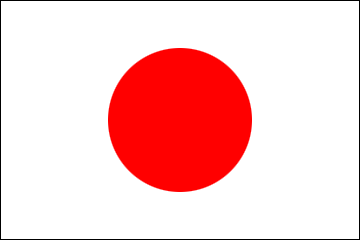From Ambassador
2019/8/27
The Land of Fire and Ice
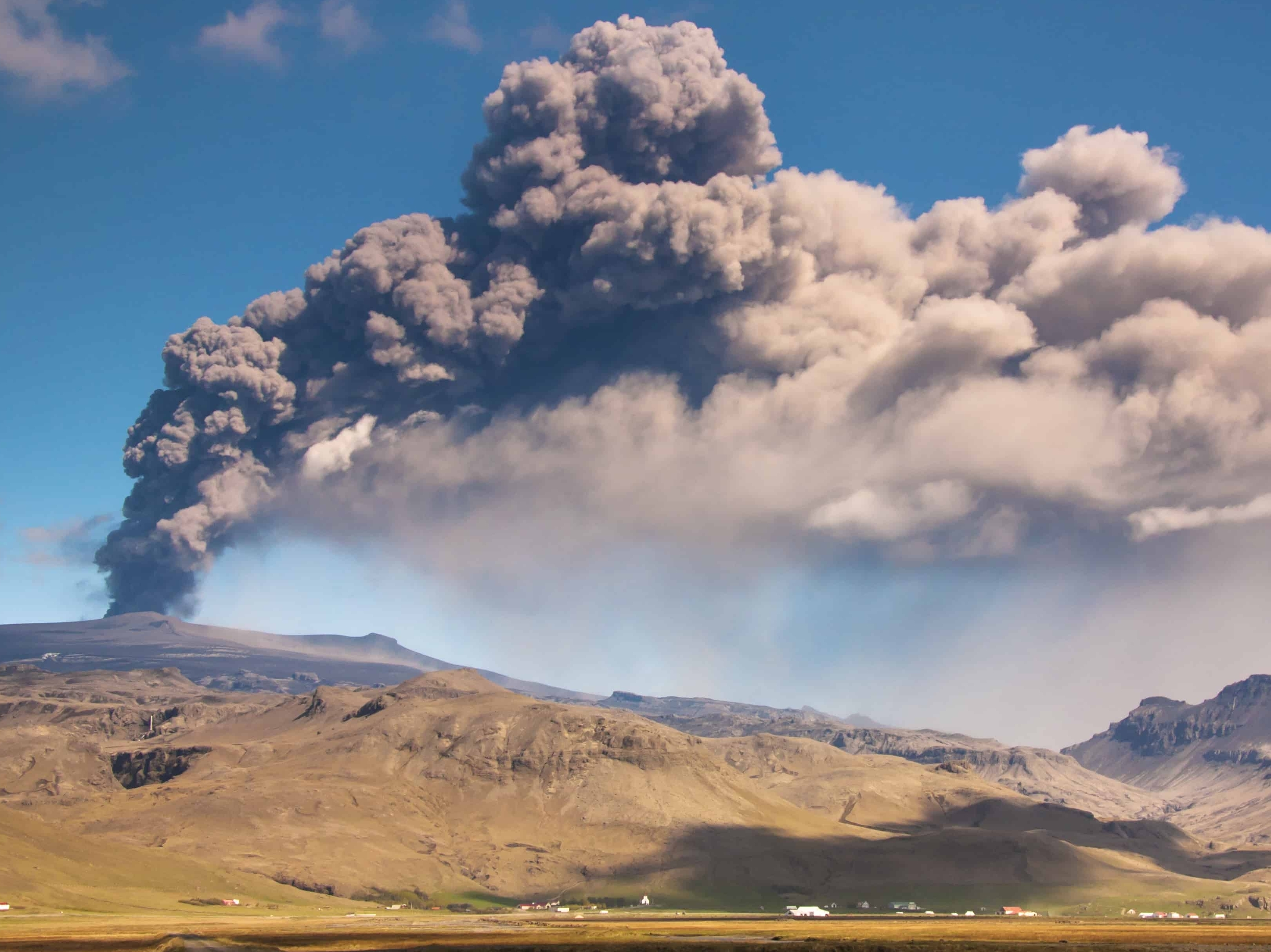
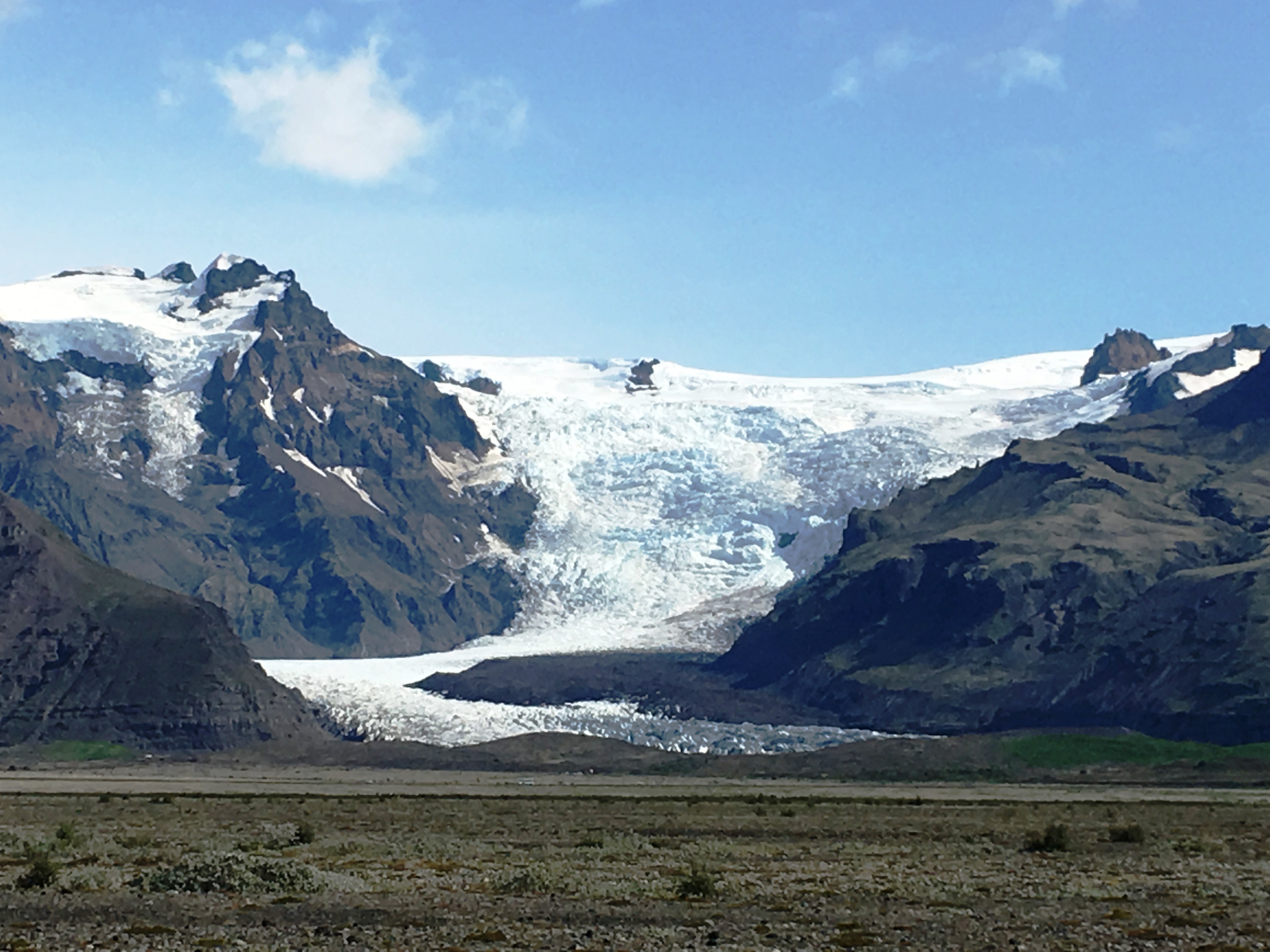
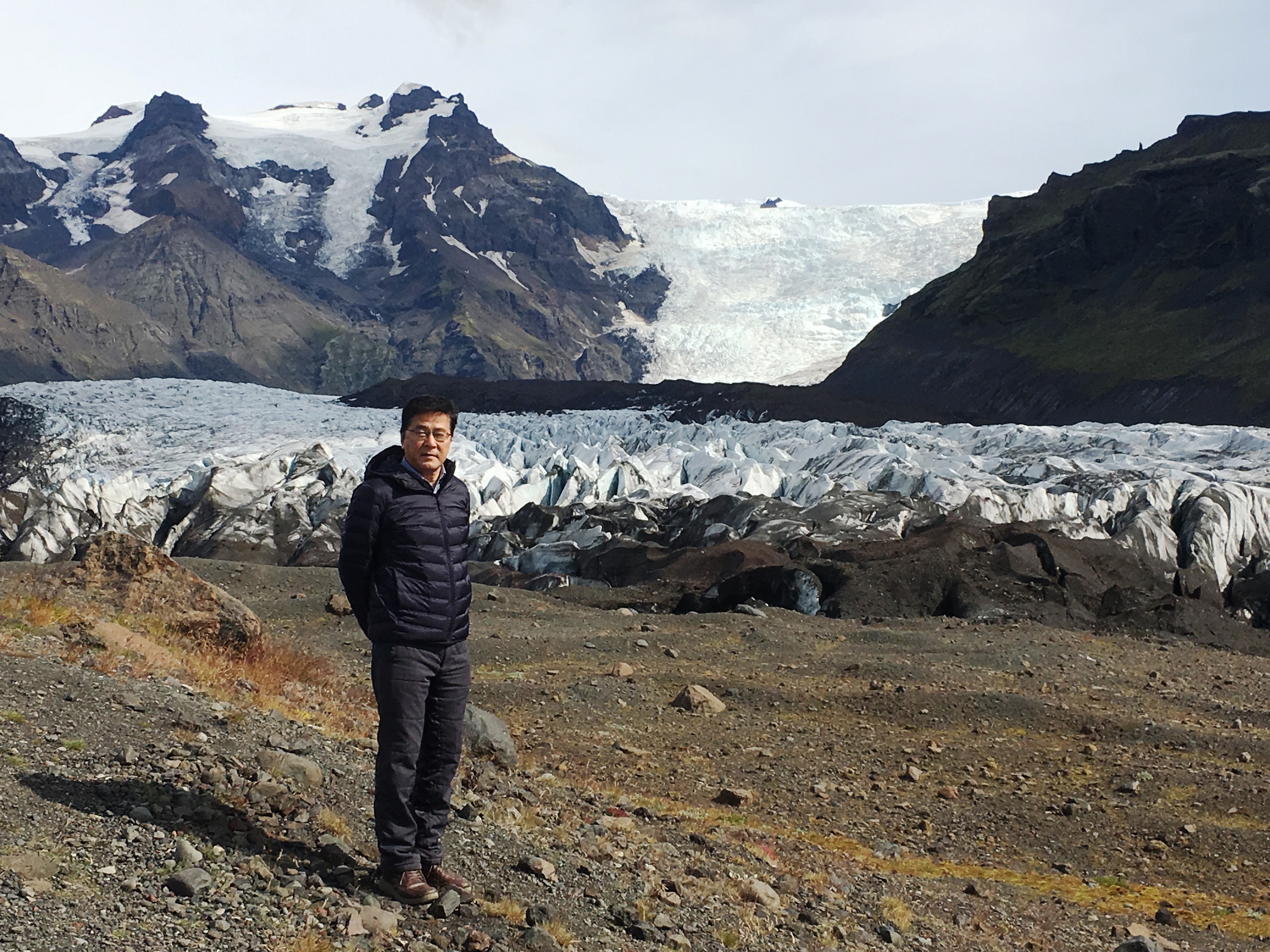
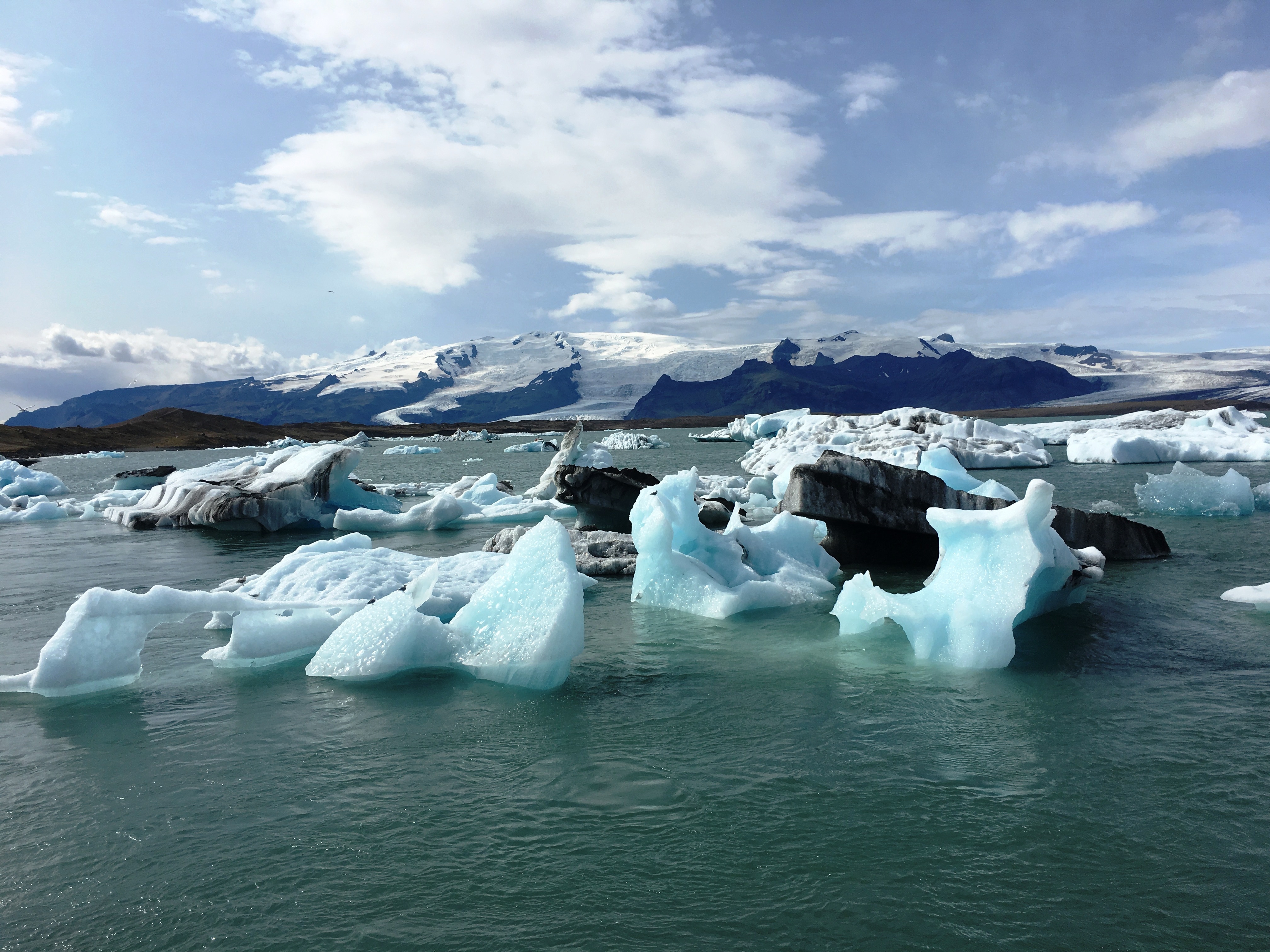
Photo courtesy: Iceland Travel (Eyjafjallajökull)
Iceland is often called “the Land of Fire and Ice” and the reason is simple; the country is filled with volcanoes and glaciers.
In our daily life, we appreciate the benefits of living in “the Land of Fire” by the supply of abundant hot water and electricity generated by geothermal energy. However, as a resident of the capital Reykjavik area, which is known for its relatively mild climate thanks to the warm Gulf Stream currents nearby, I seldom sense Iceland as “the Land of Ice”.
The other day, my Icelandic friend took me to a place where I could actually feel and understand why Iceland is called “the Land of Ice”. It was the largest glacier mass in all of Europe, Vatnajökull Glacier.
About 11% of the land in Iceland is covered with glaciers. Number of individual glaciers, are more than 200 and many of them are concentrated in the southeast of Iceland where Vatnajökull Glacier is located.
To get there, you need to drive the Route 1 from Reykjavík to the southeast first, then to the northeast, for about 5 hours. By the time you get to Vík, the southernmost village on the Icelandic mainland, you will start to discover “the Land of Fire and Ice”.
You will be surrounded by Eyjafjallajökull volcano, which caused the largest ever air-traffic shutdown in Europe when it erupted in 2010, as well as Katla and Laki volcano, all of which are covered by majestic glaciers.
Because these volcanoes are situated beneath glaciers, once an eruption takes place, the possible danger is not only in the form of spouting lava and volcanic ash. When Katla volcano erupted in 1918, part of the glacier started to melt, discharging water equivalent to 300,000 cubic meters per second, exceeding the total water discharge of the Amazon River and Mississippi River per second combined. The flood wiped out the foot of the mountain and it is believed that sediment displaced by the flood extended the shoreline by 5 km.
In fact, when driving from Vík towards the northeast, you will see the far and wide plateau where the lava fields formed from magma next to the fan-shaped expanses caused by frequent flooding. I could not help but feel the workings of the severe forces of nature.
Of course, glacier itself is not only a source of fear. The water from the glacier is the source of the most delicious water in the world and also the source of large-scale hydro-electric power generation. The magnificent beauty of the Glacier Lagoon in the southeast of Vatnajökull Glacier makes you feel like entering a magical world, with the stunning sight of the icebergs and ice-chunks floating around in the lagoon. Together with the glowing sapphire blue Ice Cave, the scenery literally takes your breath away and it has become an important tourism asset attracting visitors from all over the world.
Japan has six glaciers although their size is not comparable to the ones in Iceland. However we have one thing in common in the sense that both Japan and Iceland are rich in nature but at the same time under threat from natural disasters.
My visit to glaciers once again convinced me that both countries can learn from each other in our approach to facing natural hazards and addressing them while appreciating all the blessings of nature.
I renewed my determination to further promote the bilateral cooperation in the fields of utilization of renewable energy, disaster prevention and mitigation.
